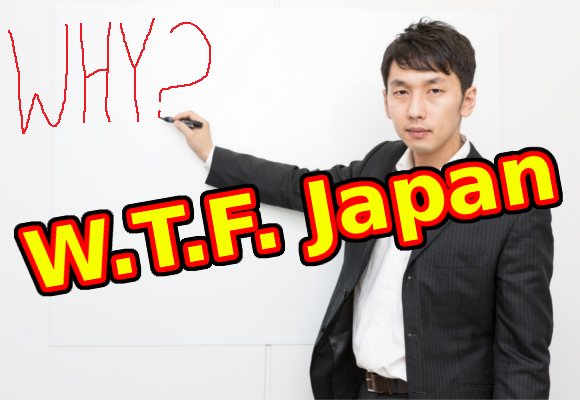
It would just be silly if the kanji for “strong” had “weak” in it… right?
Honestly, considering most kanji were created thousands of years ago in an ancient Asian culture, it’s amazing how many of them still make a decent amount of sense today to foreign learners. For example, you have kanji like 人 (hito, meaning “person”), 木 (ki, meaning “tree”), and when you put them together: 休 (yasumu, meaning “to rest”). Makes just as much sense today as it did when it was first created!
But sometimes the individual pieces of kanji can come together in odd ways. In fact, every so often, the pieces might make you think the kanji has the complete opposite meaning than it actually does.
That’s why today we’re counting down the top five kanji with ironic meanings. What are they and how did they get this way? Today, we find some answers.
So let’s get to it! Starting off with…
Honorable Mention: 家 (“home”)
First up we have to touch on one well-known kanji that, while not quite ironic, is still made up of pieces that stand out in stark contrast to its meaning.
The kanji is one that most Japanese learners encounter pretty quickly: 家 (ie, “house”). Just looking at it, even if you don’t know any Japanese, it might seem like it makes sense. There’s a little roof thing on top… but what’s that thing underneath the roof? A person? A table?
Nope. It’s a pig.
▼ Just in case that wasn’t clear, here’s the parts of the
kanji for “house” shown a little bit more blatantly.
So why does this kanji mean “house” and not “barn” or “pig sty” or something?
According to Kenneth G. Henshall’s amazing book on kanji etymology, A Guide to Remembering Japanese Characters, the reasoning behind using “pig” has nothing to do with pigs. Instead it was likely used phonetically to stand in place for the word “relax.”
If that doesn’t make much sense, imagine if we wanted to write the English word “pigment” using pictures. One way to do it would be like this:
▼ The word “pigment” has nothing to do with “pigs” or “men,” but they can be used
phonetically to stand in for the sounds. Just like the kanji for “home.”
So in the ancient proto-Chinese or whatever language the people who first invented kanji spoke, the word for “relax” was probably close to if not identical to the word for “pig,” leaving us with the confusing kanji we have today.
#5. 強 (“strong”)
Oh yeah! The kanji for “strong.” That’s gotta be a badass kanji, right? Maybe it’ll be made up of “muscle” and “tearing open shirt?” Or “giant boulder” and “destroy with one fist?”
Or, you know, it could be made up of a part meaning “bug” and the same parts as the kanji for “weak.”
▼ Above: the part of the kanji that means “bug” replaced by an actual bug.
Below: the kanji for “strong” and “weak” share some pretty close features.
So what’s going on here?
Well, everything in the kanji for “strong” that’s not “bug” is a simplification of an older kanji that by itself means “big/strong.” The “bug” got added in at some point to refer to a horsefly, a “strong” insect whose bite can pierce the skin, and we’re left with the kanji we have today.
And for the similar parts that “strong” and “weak” share, that squiggly thing means “bow” and the two extra lines on the kanji for “weak” mean “hair.” So in the kanji for “strong,” the “bow” implies strength, as in the strength necessary to pull a bow. But in the kanji for “weak,” the “bow” implies something that can bend easily, like “hair” too.
▼ So remember, a “bow with bugs” means “strong,” not “weak.”
Thanks a lot, ancients.
#4. 異 (“different”)
Next up is a kanji that doesn’t come up for a little while in most Japanese learners’ studies, but I know that once I hit it, it took me by surprise.
The kanji is 異 (kotonaru) meaning “different.” By this point you might be saying: “let me guess… is it made up of parts meaning ‘the same?'” And the answer is, yeah, kind of.
▼ The top part means “rice field” and the bottom part means “together.”
Because nothing quite says “different” like “together in the rice field?”
To explain this one, we have to go further back than before kanji even resembled anything like they do today, back when they were just basically little pictures full of squiggles and curves. One of the earliest forms of this kanji shows a “person putting on a mask” thus becoming “different from normal.”
▼ Yeah, geez, I’d say that ancient form is pretty “different from normal.”
It looks like something I should be running away from in a horror game.
So actually this kanji originally never had anything to do with “together,” the modern form is just the result of making the ancient form more rigid. So we can just thank the ancient scribes who wanted to be able to write faster for transforming this kanji from something that made sense, into something that makes the opposite of sense.
#3. 固 (“hard”)
Now we’re getting to the kanji whose pieces seriously clash with their meaning.
Take 固 (katai, “hard”) for instance. What’s that thing in the center mean? Well it’s certainly not “strong,” we know that. How about “soft?” That would make as little sense as possible.
▼ And you’re close! It’s “old.”
Yep, the kanji for strong is basically an old man inside a box.
So how do we make sense of this seemingly-ironic make up? Are the walls too “hard” for his wrinkly fists to break through?
We don’t have to stretch it quite that far. The part meaning “old” is actually being used phonetically to represent “solid” (like how “pig” phonetically represented “relax” earlier), which extends its meaning to “being in a place for a long time” and “firmly established.” That eventually lead the kanji to mean “solid walls surrounding a castle,” then to “solid,” and then its modern meaning of “hard.”
▼ Sigh. Just let him go. He’ll tire himself out eventually….
#2. 暗 (“dark”)
Even though this kanji is only the #2 spot on the list, it’s probably the one that I get the most confused looks from students about. Whenever they first see it, their first reaction is almost always: “That doesn’t make any sense!”
The kanji in question is 暗 (kurai, “dark”). I’m not even going to bother asking for any guesses as to what it’s made up of.
▼ It’s made up parts meaning “sun.” Two of them in fact.
Not exactly the “darkest” kanji in the world….
So how did the kanji for “dark” end up with two “suns” in it, literally the brightest thing in our solar system?
Again, we get to blame phonetics. The right part of the kanji is actually a separate kanji that means “sound,” but here it’s being used phonetically to represent “darkness,” which is pronounced the same.
▼ As you can see, “sound” is a little easier to write than “darkness,”
which is probably why the ancient scribes preferred using it.
Combined with the other “sun” on the left, we get a kanji that means “darkness from the sun” or “shade” and thus “dark.”
But the only “shade” around here is being thrown by me, to those ancient scribes! They should’ve manned up and just used the kanji for “darkness” in the first place.
▼ Ew. Actually, on second thought,
maybe the kanji we got is fine as is.
And the #1 kanji with an ironic meaning is…
.
.
.
.
.
.
.
.
.
.
1. 飢 (“starving”)
This isn’t the most commonly-used kanji, but when I first learned it, I had to double-check several times to make sure I hadn’t misunderstood something.
The kanji is 飢 (ueru, “to starve”), and its left part makes sense: “food/eat.” Okay, sure. So that means the right part is something like “not having” or “lacking,” right?
▼ Haha, nah, it means “table.” So yeah, the kanji for “starving” is literally
made up of components that mean “food on the table.”
Why am I starving if there’s food on the table? Can someone explain this to me?!
Yet again, blame the words that sound alike. The word for “table” and “little/few” apparently sounded similar to the people who created this kanji, so that’s what they gave us.
And that’s about it. Sure, some have tried to finagle it to mean “there’s [not enough/little] food on the table,” but come on, now you’re just making up things that aren’t even there.
▼ It’d be like if I made a kanji for “feeling befuddled” with “food-pig bee-bug-old.”
…hey! Don’t you go getting any ideas, you ancient kanji-making scribes!
So there you have it, the top five kanji with ironic meanings. Did we miss any kanji that you had to struggle to come to terms with their seemingly-opposite meanings? Let us know in the comments and if you’re also struggling with food to eat in Japan, might we suggest the top five Japanese food for people who don’t like seafood?
References: A Guide to Remembering Japanese Characters
Top image: PAKUTASO (edited by SoraNews24)
Insert images: ©SoraNews24
W.T.F. Japan will be back next Thursday. In the meantime, say hi on Twitter and let me know if there’s any topics you’d like to see covered. See you next week!

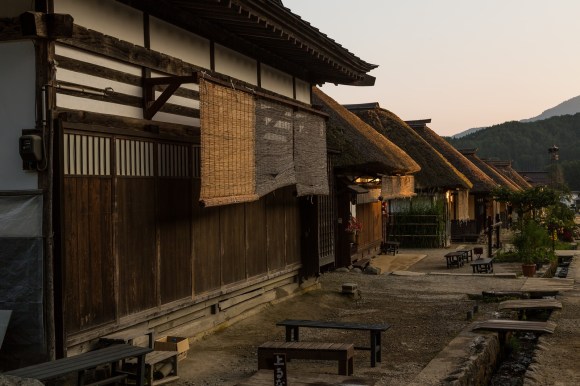
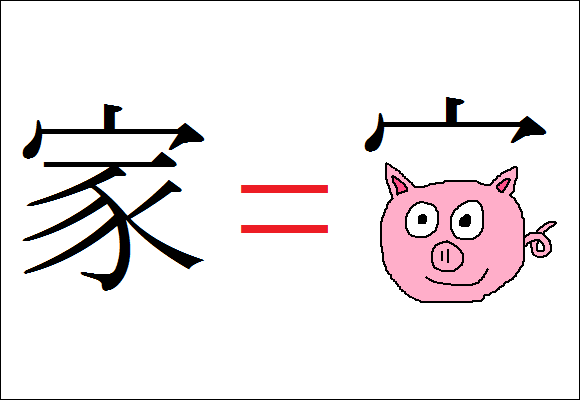


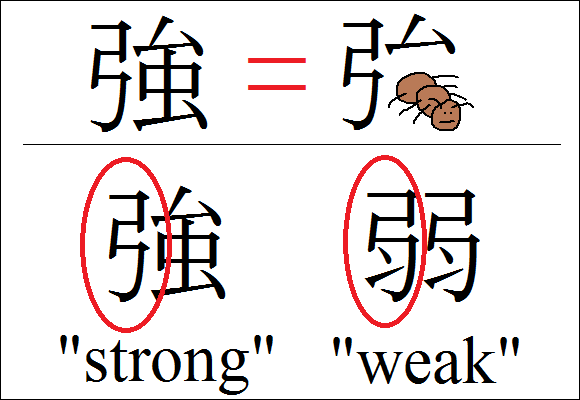
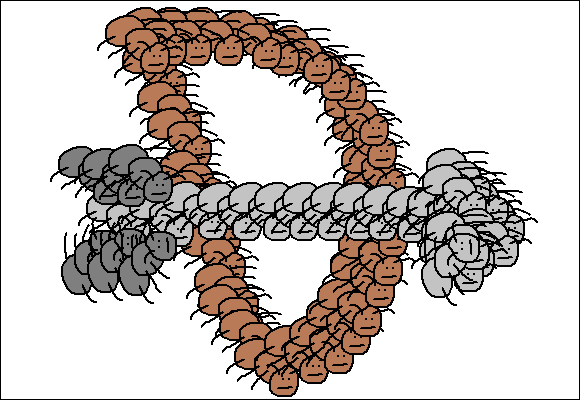
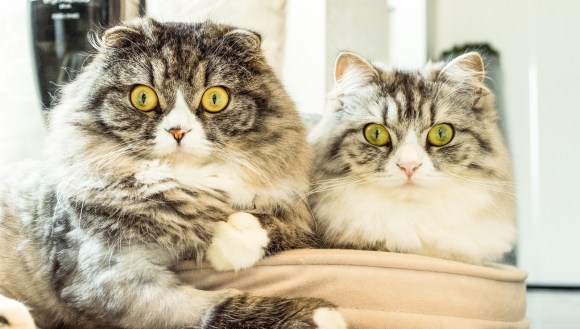
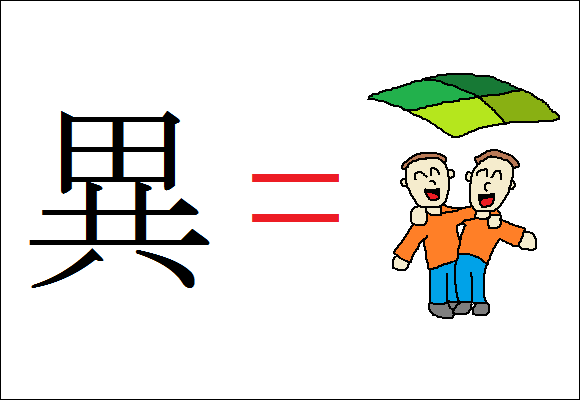
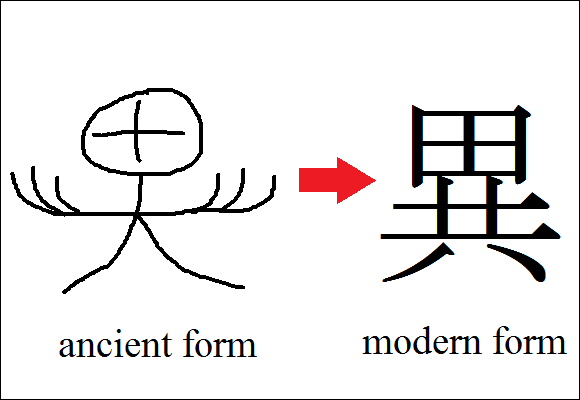
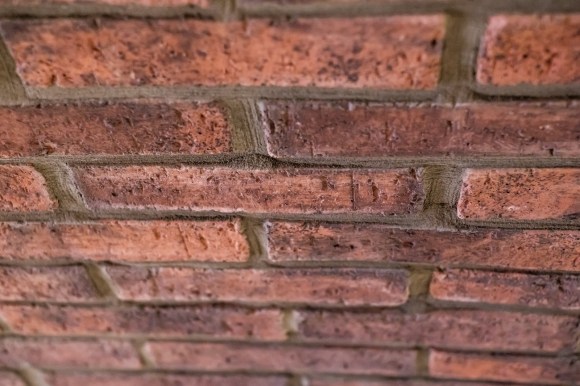
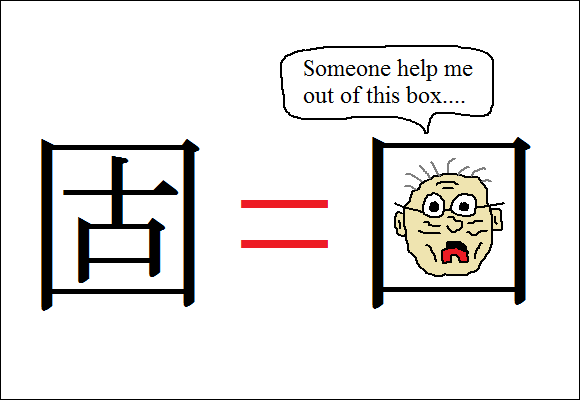
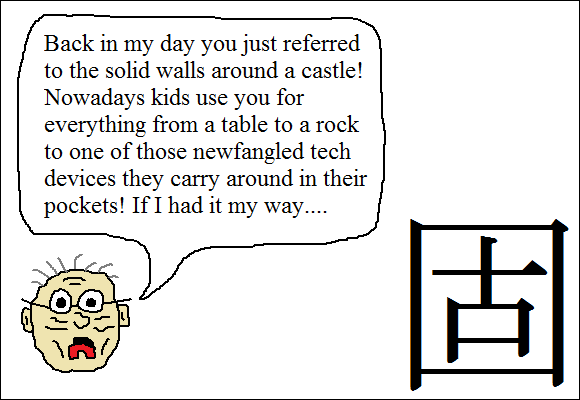
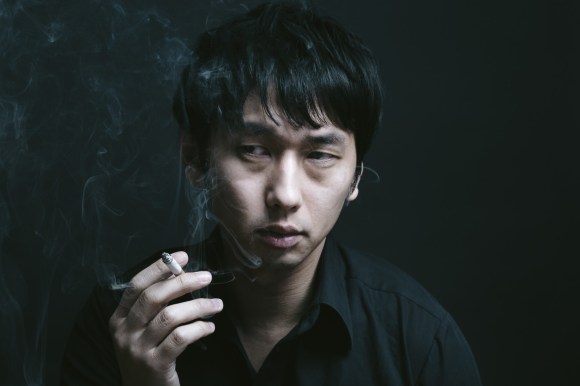


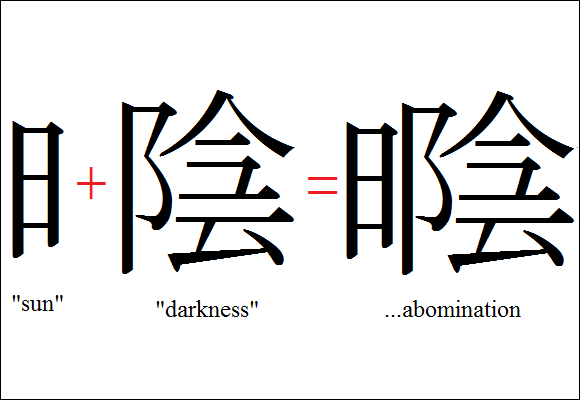

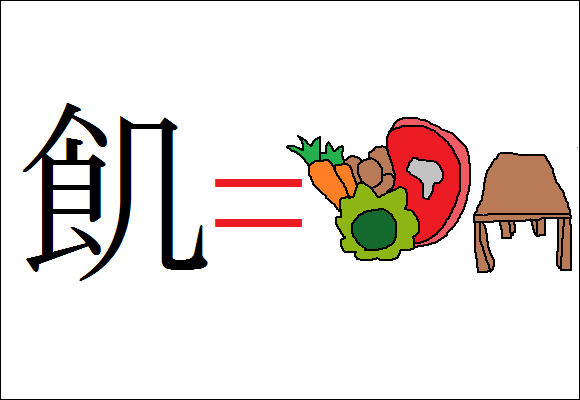
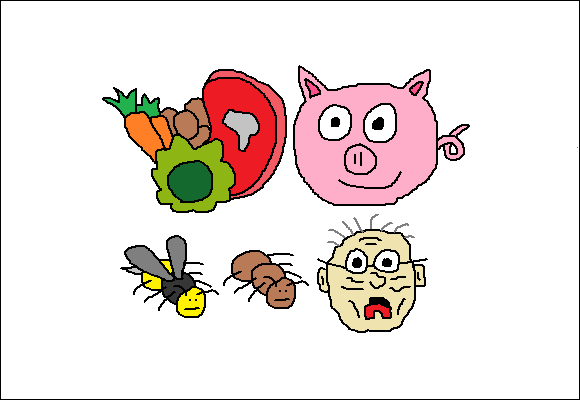
 W.T.F. Japan: Top 5 most difficult kanji ever【Weird Top Five】
W.T.F. Japan: Top 5 most difficult kanji ever【Weird Top Five】 Foreigners misreading Japanese kanji of “two men one woman” is too pure for Japanese Internet
Foreigners misreading Japanese kanji of “two men one woman” is too pure for Japanese Internet Japanese study tip: Imagine kanji characters as fighting game characters, like in this cool video
Japanese study tip: Imagine kanji characters as fighting game characters, like in this cool video Kanji Tetris is the coolest way to practice and play with Japanese that we’ve ever seen【Video】
Kanji Tetris is the coolest way to practice and play with Japanese that we’ve ever seen【Video】 Kanji fail — Japanese parents shocked to learn their baby girl’s name has inappropriate meaning
Kanji fail — Japanese parents shocked to learn their baby girl’s name has inappropriate meaning Historical figures get manga makeovers from artists of Spy x Family, My Hero Academia and more
Historical figures get manga makeovers from artists of Spy x Family, My Hero Academia and more Tokyo Tsukiji fish market site to be redeveloped with 50,000-seat stadium, hotel, shopping center
Tokyo Tsukiji fish market site to be redeveloped with 50,000-seat stadium, hotel, shopping center McDonald’s new Happy Meals offer up cute and practical Sanrio lifestyle goods
McDonald’s new Happy Meals offer up cute and practical Sanrio lifestyle goods Red light district sushi restaurant in Tokyo shows us just how wrong we were about it
Red light district sushi restaurant in Tokyo shows us just how wrong we were about it Pokémon Sleep camping suite and guestrooms coming to Tokyo Hyatt along with giant Snorlax burgers
Pokémon Sleep camping suite and guestrooms coming to Tokyo Hyatt along with giant Snorlax burgers Japanese ramen restaurants under pressure from new yen banknotes
Japanese ramen restaurants under pressure from new yen banknotes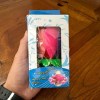 Celebrate another year of life by putting it in jeopardy with this birthday candle flower
Celebrate another year of life by putting it in jeopardy with this birthday candle flower Japan’s massive matcha parfait weighs 6 kilos, contains hidden surprises for anyone who eats it
Japan’s massive matcha parfait weighs 6 kilos, contains hidden surprises for anyone who eats it French Fries Bread in Tokyo’s Shibuya becomes a hit on social media
French Fries Bread in Tokyo’s Shibuya becomes a hit on social media Sandwiches fit for a sumo served up in Osaka【Taste Test】
Sandwiches fit for a sumo served up in Osaka【Taste Test】 All-you-can-drink Starbucks and amazing views part of Tokyo’s new 170 meter-high sky lounge
All-you-can-drink Starbucks and amazing views part of Tokyo’s new 170 meter-high sky lounge Studio Ghibli releases new action figures featuring Nausicaä of the Valley of the Wind characters
Studio Ghibli releases new action figures featuring Nausicaä of the Valley of the Wind characters New private rooms on Tokaido Shinkansen change the way we travel from Tokyo to Kyoto
New private rooms on Tokaido Shinkansen change the way we travel from Tokyo to Kyoto Studio Ghibli glasses cases let anime characters keep an eye on your spectacles
Studio Ghibli glasses cases let anime characters keep an eye on your spectacles Beautiful Ghibli sealing wax kits let you create accessories and elegant letter decorations【Pics】
Beautiful Ghibli sealing wax kits let you create accessories and elegant letter decorations【Pics】 Studio Ghibli releases Kiki’s Delivery Service chocolate cake pouches in Japan
Studio Ghibli releases Kiki’s Delivery Service chocolate cake pouches in Japan New definition of “Japanese whiskey” goes into effect to prevent fakes from fooling overseas buyers
New definition of “Japanese whiskey” goes into effect to prevent fakes from fooling overseas buyers Our Japanese reporter visits Costco in the U.S., finds super American and very Japanese things
Our Japanese reporter visits Costco in the U.S., finds super American and very Japanese things Studio Ghibli unveils Mother’s Day gift set that captures the love in My Neighbour Totoro
Studio Ghibli unveils Mother’s Day gift set that captures the love in My Neighbour Totoro New Japanese KitKat flavour stars Sanrio characters, including Hello Kitty
New Japanese KitKat flavour stars Sanrio characters, including Hello Kitty More foreign tourists than ever before in history visited Japan last month
More foreign tourists than ever before in history visited Japan last month New Pokémon cakes let you eat your way through Pikachu and all the Eevee evolutions
New Pokémon cakes let you eat your way through Pikachu and all the Eevee evolutions Sales of Japan’s most convenient train ticket/shopping payment cards suspended indefinitely
Sales of Japan’s most convenient train ticket/shopping payment cards suspended indefinitely Sold-out Studio Ghibli desktop humidifiers are back so Totoro can help you through the dry season
Sold-out Studio Ghibli desktop humidifiers are back so Totoro can help you through the dry season Japanese government to make first change to romanization spelling rules since the 1950s
Japanese government to make first change to romanization spelling rules since the 1950s Ghibli founders Toshio Suzuki and Hayao Miyazaki contribute to Japanese whisky Totoro label design
Ghibli founders Toshio Suzuki and Hayao Miyazaki contribute to Japanese whisky Totoro label design Doraemon found buried at sea as scene from 1993 anime becomes real life【Photos】
Doraemon found buried at sea as scene from 1993 anime becomes real life【Photos】 Tokyo’s most famous Starbucks is closed
Tokyo’s most famous Starbucks is closed One Piece characters’ nationalities revealed, but fans have mixed opinions
One Piece characters’ nationalities revealed, but fans have mixed opinions We asked a Uniqlo employee what four things we should buy and their suggestions didn’t disappoint
We asked a Uniqlo employee what four things we should buy and their suggestions didn’t disappoint Princesses, fruits, and blacksmiths: Study reveals the 30 most unusual family names in Japan
Princesses, fruits, and blacksmiths: Study reveals the 30 most unusual family names in Japan Draft bill proposal seeks to curtail unconventional “kirakira” kanji name readings in Japan
Draft bill proposal seeks to curtail unconventional “kirakira” kanji name readings in Japan Twitter users say Japanese Prime Minister’s name is hiding in the kanji for Japan’s new era name
Twitter users say Japanese Prime Minister’s name is hiding in the kanji for Japan’s new era name Transforming kanji watches not so great for telling time, perfect for being awesome
Transforming kanji watches not so great for telling time, perfect for being awesome Japan’s Kanji of the Year revealed, reflects both the good and the bad of 2022
Japan’s Kanji of the Year revealed, reflects both the good and the bad of 2022 U.S. college student learns the hard way to get your Japanese kanji tattoo checked by an expert
U.S. college student learns the hard way to get your Japanese kanji tattoo checked by an expert Renowned Japanese calligraphy teacher ranks the top 10 kanji that foreigners like
Renowned Japanese calligraphy teacher ranks the top 10 kanji that foreigners like Poop Kanji-Drill toilet paper is the best way to accomplish your Japanese studying doo-ties
Poop Kanji-Drill toilet paper is the best way to accomplish your Japanese studying doo-ties Four new era names the Japanese government rejected before deciding on Reiwa
Four new era names the Japanese government rejected before deciding on Reiwa Japan announces Kanji of the Year for 2019, and it was really the only logical choice
Japan announces Kanji of the Year for 2019, and it was really the only logical choice Japan’s top baby names for 2015: Will Naruto-influenced monikers still reign supreme?
Japan’s top baby names for 2015: Will Naruto-influenced monikers still reign supreme? Pokémon Center apologizes for writing model Nicole Fujita’s name as Nicole Fujita
Pokémon Center apologizes for writing model Nicole Fujita’s name as Nicole Fujita Japanese teacher’s explanation about “individuality” to kids has a deep, beautiful meaning
Japanese teacher’s explanation about “individuality” to kids has a deep, beautiful meaning The hidden meaning of the U.S. Air Force’s “shake and fries” patch in Japan
The hidden meaning of the U.S. Air Force’s “shake and fries” patch in Japan “Disaster”: 2018 Kanji of the Year unveiled by Buddhist monk at Kiyomizudera temple in Kyoto
“Disaster”: 2018 Kanji of the Year unveiled by Buddhist monk at Kiyomizudera temple in Kyoto Tired of wasting paper practicing your kanji? Try these reusable water-activated practice sheets
Tired of wasting paper practicing your kanji? Try these reusable water-activated practice sheets Meaning of life discovered using Japanese calligraphy, math, and puns
Meaning of life discovered using Japanese calligraphy, math, and puns
Leave a Reply